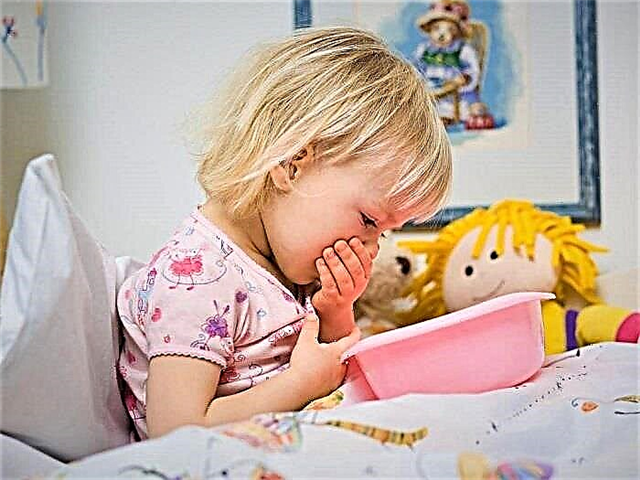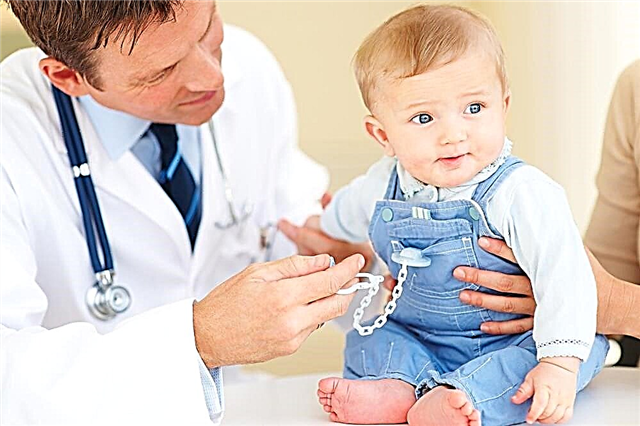Measurement skills are essential for every person in their daily life. Therefore, it is important to familiarize the child with the concept of length and teach him to make measurements on his own. You can start learning at preschool age, when the kid is already familiar with the basics of mathematics. It will be much easier to master new knowledge in a playful way.

First attempts to measure
You can start measuring objects by visually comparing them. For example, after cutting off the base of the carrots, line them up and ask the child to find the longest or shortest. Draw a line on a white sheet and place objects of different lengths (pencils, spoons, ribbons, etc.) on it.
For measuring stationary objects, cubes of the same size are suitable. Place them on top of each other up to the level of the table top and stool height. Determine which object is higher by counting the cubes. To measure the width, use cosmetic sticks, placing them side by side along the sofa, chair, table.
The length of the room can be measured in steps. Count how many steps you can take in your kitchen or bedroom. Which room is longer? On the street, measure the distance from the entrance to the sandbox or slide. While on the beach, invite your toddler to take several paths to the sea. Let him count his steps in the sand and determine the shortest path.
Album of personal measurements
When a child grows up, it will be interesting for him not only to see his photos, but to remember how he was at different ages. To do this, you can start an album of measurements of body parts and various achievements. The longer such an album is kept, the more curious it will be to examine it after a while.
Help your child design the title page and other pages of the album on their own. Its content depends on your imagination. We offer several ideas for measurements for filling it:
- palms and feet. On separate sheets of paper, make prints of the child's right and left palms and feet. Pour paint into a container of a suitable size and dip the baby's arms and legs into it (it is convenient to use disposable dishes for this purpose). Separate fingerprints can be made for each finger. Don't forget to sign and date your pieces;
- height. Add variety to the traditional measurement of a child's height with a ruler. Use a rope for this purpose. Having measured its height, spread the cut piece of rope on the table. Offer to measure its length with palms, pencils, spoons, or other objects. Record the measurement results in the album;
- stomach. Measure the baby's tummy similarly to height. You can do this in the morning and evening after a hearty meal, and then compare the results;
- family composition. Invite your child to draw family members, pets, including a parrot and fish in the aquarium on the sketchbook. Then count the nearest environment;
- sports achivments. Toddlers are very mobile and will gladly support your idea of perpetuating the results. It can be long jumping or jumping rope, squatting, running at speed, tossing the ball with your foot, etc.
After measuring with symbolic measures, it will be possible to proceed to the study of special measuring instruments. Teach your kid to use a ruler, explain what the lines on it mean. Measure the length of familiar objects with a ruler. Activities in a playful way will help the child to easily master the necessary knowledge and skills. And their application in practice will push the kid to new successes.



